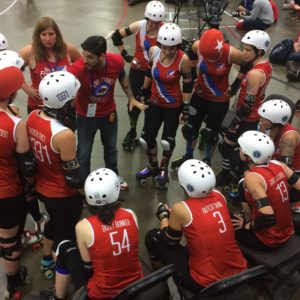
Whether we are preparing to give a motivational speech, lead a team, or compete in a roller derby game, we all need a certain level of arousal in order to have an optimal performance (be in the green zone).
Remember that arousal is a mental, emotional, and physiological state that prepares you for a task. This level of arousal not only differs between tasks, but as well as between individuals.
Finding the appropriate level of arousal for YOU comes with self-awareness, time, and practice. As I mentioned in the last Mental Muscle post, we do not have gauges that will notify us when we hit the right amount of arousal. We need to be aware of the physical, cognitive, and emotional signs to know what’s happening in our bodies. Finding the appropriate levels comes down to trial and error. Reflect back to past performances to get a better picture on what worked for you, as well as what did not.
Knowing is one thing, being able to adjust and maintain your arousal levels is another. The ability to control your arousal level is a skill called self-regulation. Just like any other skill in the world, in order to master self-regulation you need to practice, practice, practice!
Adjusting your arousal levels comes in two forms: activation and relaxation. So let’s get pumped up because this post is all about activation!
When Should We Engage in Activation?
We can classify arousal levels into three groups: under-aroused, optimal level of arousal, and over-aroused. The time that activation is needed is when an athlete is feeling under-aroused. When athletes are under-aroused, some of the common signs can include:
- Feeling lethargic
- Boredom
- Inattentive
- “Don’t care” attitude
- Low energy
- Slow reactions
- Heavy muscles
By using activation techniques, athletes are waking up their bodies in order to prepare themselves to compete. These techniques are intended to stimulate your body on multiple levels: mentally, emotionally, and physically.
An athlete might also use activation techniques to remain in the optimal level of arousal. I used the word “might” because it’s not mandatory — it really depends on the individual athlete and their needs.
The major difference between getting into vs. maintaining an optimal level is the intensity of techniques used. An easy example is to think of the difference between drinking coffee to wake up in the morning after a night of hardly sleeping, compared to having one in the afternoon to maintain your energy levels. The technique is the same (drinking coffee) but the degree (the size of the cup, the number of cups, strength, etc.) is adjusted to meet your needs. This is why it’s normal to see these types of activation techniques being used as a part of one’s preparation routine.
Types of Activation Techniques
The follow are some techniques that can be used to help increase your arousal and energy levels. Try these techniques to see if any meet your needs. This is where individual differences and preference comes into play. These activation techniques can be used separately or you can combine techniques to create your own personalized routine.
Listening to Music
- Music can speak to us in many ways. Music not only sounds good, but it can trigger our emotions and energy levels. You want to find a genre of music or specific songs that make you feel powerful, energetic, and focused.
Energizing Breathing Techniques
- Most people have heard of using breathing techniques to relax, but you can also adjust the rhythm of your breathing to engage in activation.
First focus on keeping a steady, relaxed breathing rhythm. Then begin to gradually increase your breathing rate. With every breath you take in, you are generating more energy into your body. You are inhaling energy/confidence and exhaling fatigue /doubt.
Physical Exercises
- An easy way to activate and wake up your body is by engaging in physical activity. This can come in the form of sit-ups, squats, push-ups, etc. The more intense the exercises become, the more arousal/focus is needed. Remember that you are using these exercises to activate your body, so make sure that your exercises are not too intense otherwise you will be expending your energy before the game!
Energizing Imagery
- See yourself as a powerhouse for energy. When you picture these key images, feel the power go through your body.
The type of images varies from athlete to athlete. You can visualize yourself performing at your best, or you can even use images that represent power and energy (images of animals or even of machines).
Verbal Cues
- You can use verbal cues to remind yourself to be energetic, or verbal cues that can be associated with increasing energy and power. For example: “It’s Go time!”, “Power, Speed, Never Quit”, “Fierce”, “Unstoppable”.
Your Environment
- Draw on energy found within your environment. This might include your teammates, the opposing team, and even the spectators. Use what is around you to pump yourself up in order to reach optimal arousal levels. This can come in the form of motivational speeches, to the spectators cheering on (or even booing!) your team.
Useful Activation Tips
1. Activation is a Skill, so Practice, Practice, Practice!
Just like all the skills in roller derby, in order to implement them during a game you need to practice. These activation techniques are not band-aid solutions. You cannot show up to a game and expect that these techniques will work. Use training sessions, practices, and scrimmages to develop your self-regulation skills.
Self-awareness and monitoring is key in knowing the effectiveness of these techniques.
2. Keep it Simple
There are several techniques listed in this post; use the ones that match your needs. It’s better to be strong at a few activation techniques than trying to use them all.
Try some of these activation techniques the next time your are feeling like you’re in your yellow zone (under-aroused).
Do you already use some of these techniques? Were you using them without really being aware of why? What’s a new one you think you might try? Let me know in the comments below! I’d love to hear your feedback.
In the next Mental Muscle post we will take a look at the other side of self-regulation: relaxation techniques. Until then: activate that green zone!

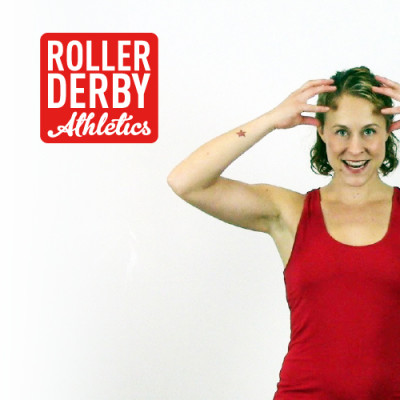 PreHab: How to Reduce Concussions
PreHab: How to Reduce Concussions 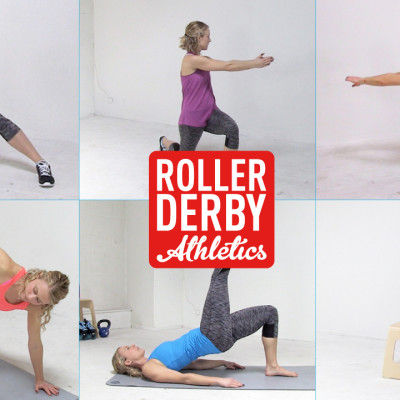 The Top Ten Exercises for Roller Derby Athletes
The Top Ten Exercises for Roller Derby Athletes 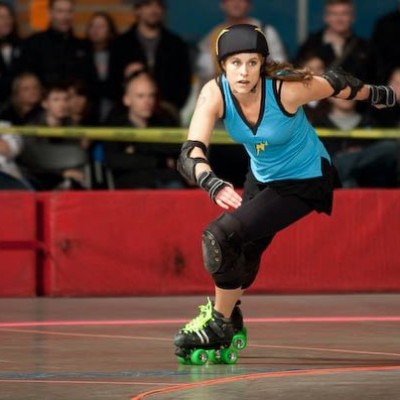 How to Improve at Derby’s 27 Laps Test
How to Improve at Derby’s 27 Laps Test 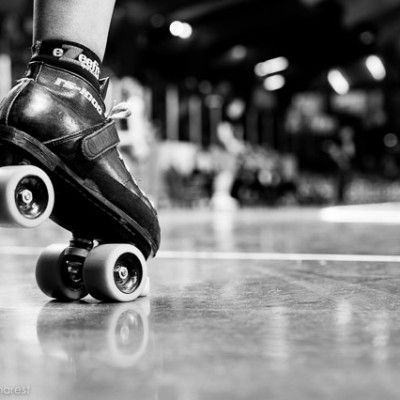 Go From Benchwarmer to MVP with the 1% Secret
Go From Benchwarmer to MVP with the 1% Secret  Cross-Training for Roller Derby: A Primer
Cross-Training for Roller Derby: A Primer